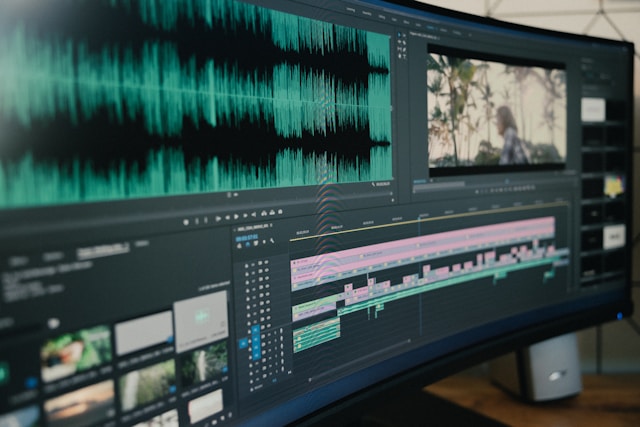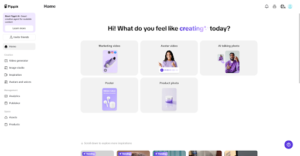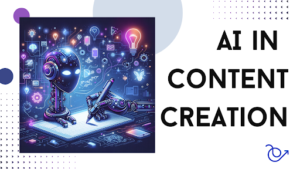Video content has become a dominant force in marketing, social media, and online engagement. As businesses and creators strive to produce high-quality videos efficiently, the choice between traditional video editing software and AI-powered tools has never been more critical. Traditional video editing requires time, skill, and technical expertise, often making it inaccessible to those without extensive experience. In contrast, an AI video editor simplifies the process, automates tedious tasks, and enhances creative possibilities. This shift is revolutionizing the way videos are produced, making professional-quality content more accessible than ever before.
The rise of AI video editors
In recent years, the demand for efficient video editing has led to the rapid advancement of AI-powered tools. An AI video editor is designed to analyze footage, automate edits, and apply smart enhancements with minimal user input. Unlike traditional software that requires manual adjustments for each element, AI-driven tools leverage machine learning to streamline workflows, saving users valuable time and effort.
One such advanced tool is Pippit, a game-changer for AI-powered video editing. This platform simplifies the entire video creation process by automatically detecting product details from URLs, incorporating trending elements, and optimizing content for various social media platforms. With such capabilities, AI video editors are setting new standards for efficiency and creativity.
How AI video editors outperform traditional tools
1. Automation for faster editing
Traditional editing software requires extensive manual effort—cutting clips, adjusting transitions, and applying effects all take time. AI video editors eliminate these challenges by using automation to handle tasks like trimming, color correction, and object recognition. Features such as smart cropping and automatic scene detection allow users to produce polished videos in a fraction of the time.
2. Intelligent content suggestions
AI video editors don’t just automate tasks; they also enhance creativity by providing intelligent recommendations. These tools analyze current social media trends, user preferences, and video performance metrics to suggest elements such as music, text overlays, and dynamic transitions. Pippit, for example, integrates trending features seamlessly, ensuring videos stay relevant and engaging.
3. Enhanced accessibility and ease of use
One of the most significant advantages of AI video editors is their user-friendly interface. Unlike traditional software, which requires extensive training and technical knowledge, AI-powered platforms simplify the process with intuitive controls and pre-made templates. Even beginners can create high-quality videos without prior editing experience. This accessibility opens doors for small businesses, influencers, and content creators who need professional results without the steep learning curve.
4. Cost-effective video production
Professional video editing software often comes with expensive licensing fees, and hiring professional editors can further add to production costs. AI video editors provide a budget-friendly alternative, offering high-quality results at a fraction of the cost. By automating repetitive tasks and eliminating the need for extensive human intervention, these tools help businesses maximize their resources while still producing engaging content.
5. Smart enhancements for professional results
AI video editors go beyond basic automation; they utilize advanced algorithms to enhance video quality. Features such as automatic noise reduction, background removal, and AI-generated voiceovers create a more polished final product. Pippit, for instance, refines videos by adjusting lighting, sharpening images, and optimizing visual appeal—all with just a few clicks.
Future trends in AI video editing
The impact of AI on video editing is only beginning. Future advancements will further enhance personalization, real-time analytics, and even automated script generation. AI-driven tools will continue to evolve, making video creation more efficient and tailored to audience preferences. With real-time optimization and deeper integration with social media platforms, the future of video editing is set to be more dynamic and data-driven.
Conclusion
AI video editors have revolutionized content creation, offering automation, intelligent recommendations, and cost-effective solutions that traditional tools simply cannot match. AI platforms are leading the way, providing businesses and creators with the tools needed to produce professional-grade videos effortlessly. As AI technology continues to advance, embracing these smart editing tools will be key to staying ahead in the digital content landscape.
Whether you’re a marketer, entrepreneur, or social media creator, leveraging an AI Video Editor can significantly enhance your content strategy, allowing you to produce high-quality videos with minimal effort. The future of video editing is here—and it’s powered by AI.













